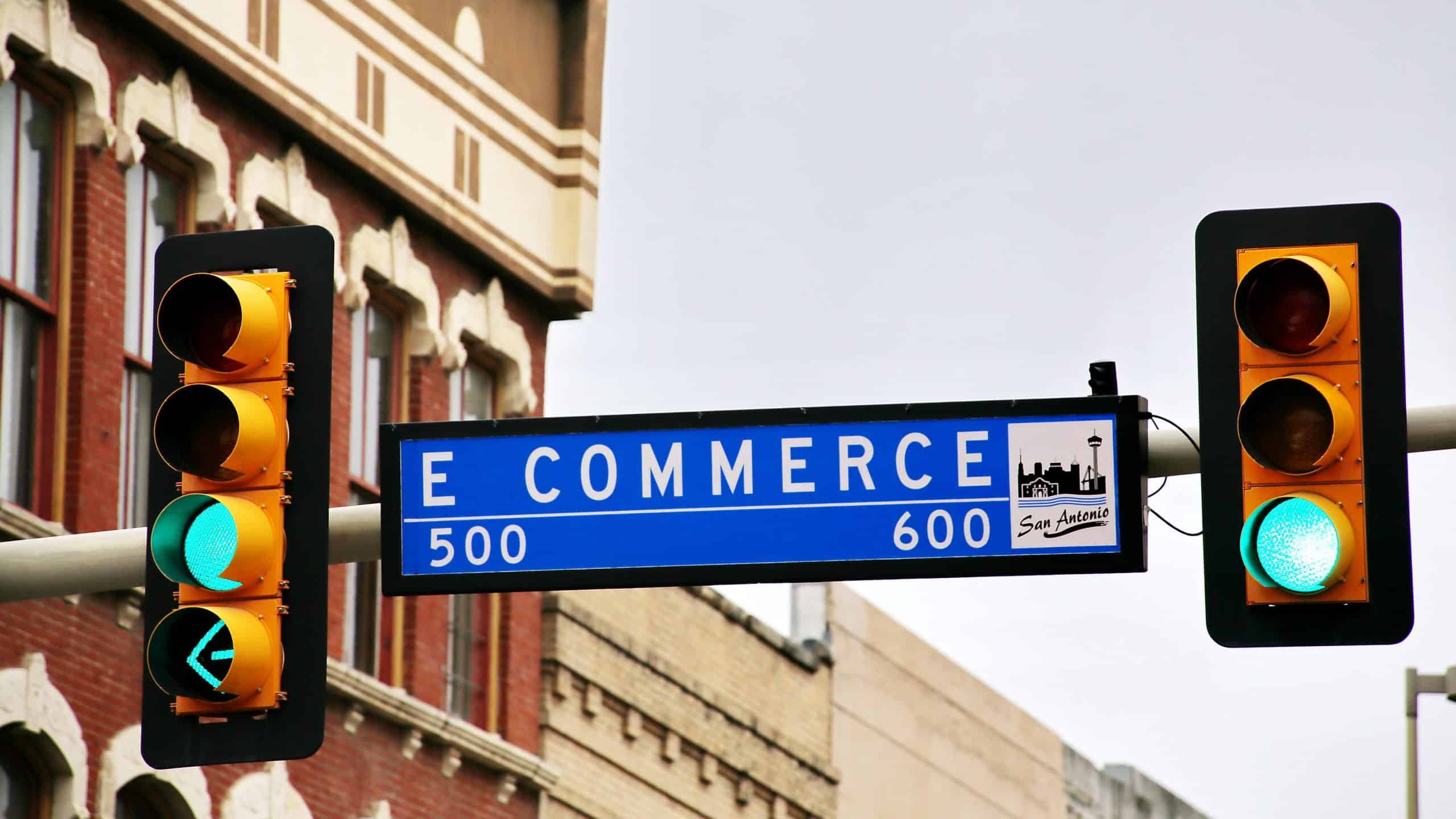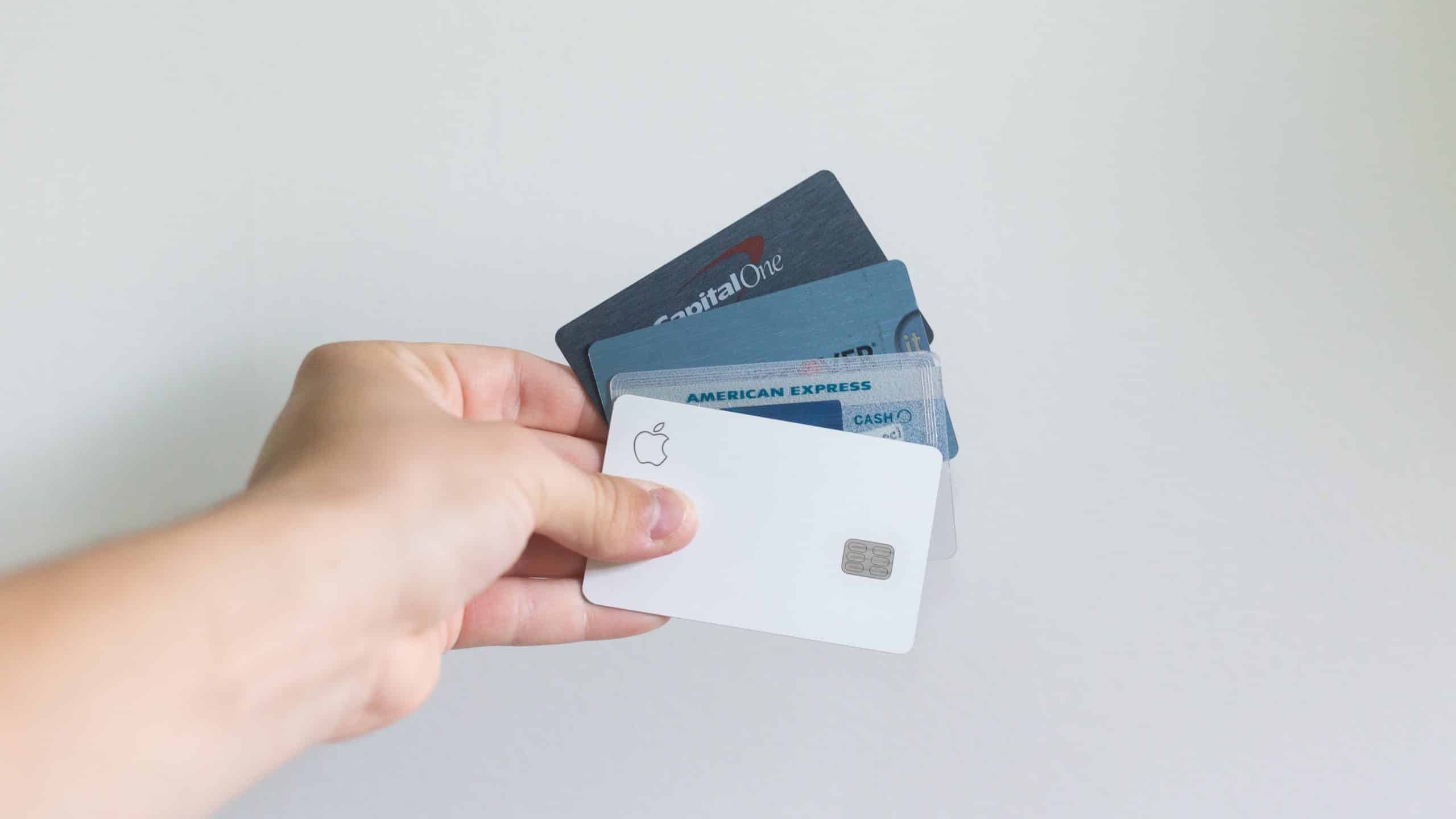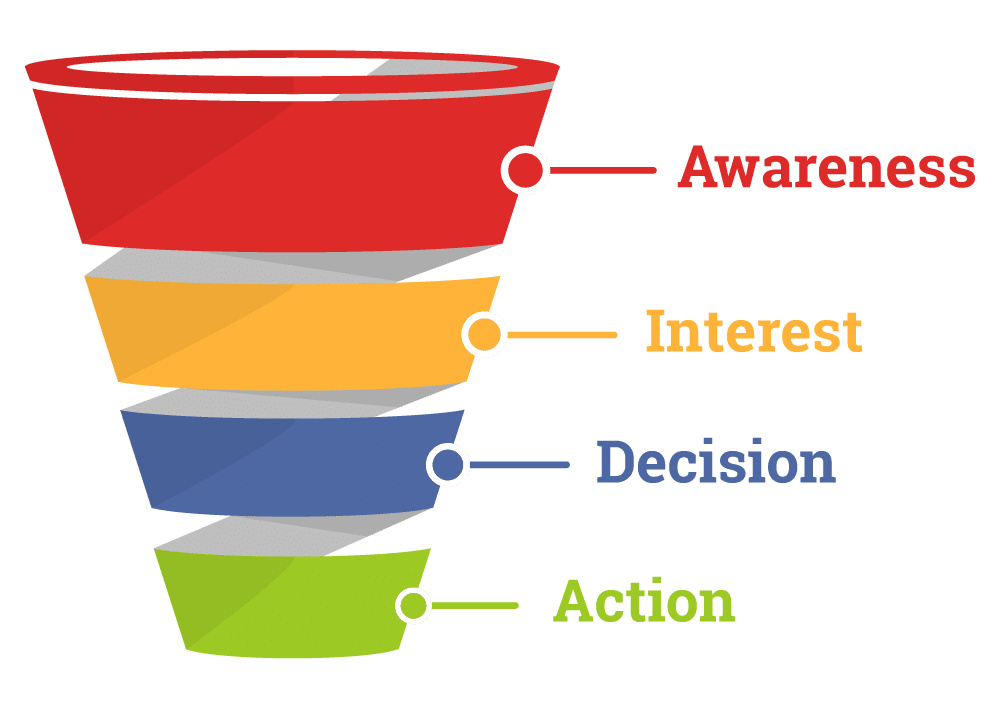What is the Ecommerce Sales Funnel? (And How You Can Make it Work)

Ecommerce is a highly competitive world, with more and more businesses setting up shop each year.
Anything you can do to optimize for sales helps. You need to be able to draw in customers and encourage them to buy, or at least remain in contact with you. A huge part of optimization is considering the buyer’s journey.
In the world of online sales, the buyer’s journey typically comes in the form of a sales funnel. Customers who have just become aware you exist are said to be “top of funnel,” while those who have ultimately gone ahead and made a purchase are at the bottom. These funnel stages are important to define because customers or potential customers have different needs at different stages.
In defining your sales funnel, you can do a better job of optimizing for customer needs at different stages and encourage them to stick with you. Here’s how:
What is an ecommerce sales funnel?
A sales funnel is a representation of the typical stages of the buyer’s journey. When a customer first hears of a business, they don’t generally buy immediately – they go through a few stages of awareness and decision-making. You don’t hang onto every person through each stage, which is why it is referred to as a funnel. It’s wider at the top, with more people coming in, and narrow at the bottom, with a whittled-down number who went through and made a purchase – also known as “converting” or making it through the funnel.
Source – MailMunch
You’ll see different versions of a sales funnel depending on the opinion of the creator. It’s also worth noting that different industries can have shorter or longer stages of the funnel. For example, if you sell big ticket items, customers might spend longer making a decision than they do for lower-value items. Below are the typical stages for ecommerce:
- Awareness. This is when the potential customer has a need or problem in mind and goes searching for a solution. When they spot your ecommerce store, they’re now aware that you exist, but don’t yet know much about you. This is the “top of the funnel” which usually attracts a larger number of prospects.
- Consideration (or interest). This is when people are aware of you and are now showing interest in your business. They might be browsing through your products as they consider whether to make a purchase.
- Decision. As it sounds, this is a stage where the customer is making a decision about finally purchasing. In an ecommerce store, they might be adding items to the cart.
- Action. This is the stage where the customer actually goes through with the purchase. In ecommerce, you’re always hoping the customer will come back and buy more, so it’s always worth considering how you might encourage them to do so at this stage.
Why is the sales funnel relevant for ecommerce?
The ecommerce sales funnel allows you to paint a clear picture of what the buyer’s journey looks like for your business, which brings with it a number of benefits. For example you can:
- Identify the right combination of marketing opportunities and do things to adjust your strategy and optimize for where your customers are coming from.
- Determine a content strategy. For example, you can figure out what it is people are looking for at each stage and create content to meet their needs.
- Improve your revenue and overall results. It’s about optimization – finding ways to smooth the buyer journey and reduce friction. This in-turn should lead to improved results.
- Improve your user experience. An optimized sales funnel should improve how the customer perceives your website.
- Improve your SEO. A well-constructed sales funnel encourages actions like click-throughs which are signals to Google.
What can you do to optimize each funnel stage?
The sales funnel should always be about helping to guide the customer from top to bottom. This means optimizing to reduce friction or confusion at any stage. Here are some thoughts around what they might look like for each stage in ecommerce:
Awareness
First impressions are huge! At the awareness stage, you should make sure the customer has clear explanations of what your business sells. One of the quickest ways to get someone to bounce away from your website is if they don’t understand what you do within seconds of landing on it.
At this stage, also consider whatever problem it is that the customer needs solved. It might be something as basic as “I can’t find widgets in Chrome,” where you happen to be a Chrome widget stockist. So you might consider the bigger problem (“I need to fix my whatsit”), the product you offer that fixes the problem (widgets fix whatsits), and any specific requirements the customer might have (“I need chrome widgets to match my whatsit”).
Use of video is becoming more popular as a tool to educate consumers. This can be a great option at this stage for ecommerce stores.
Consideration
At the consideration stage, prospective customers will be browsing your site. One of the first and most obvious optimizations is to make browsing as easy as possible. For example, you might:
- Make sure your navigation and menus are as clear and simple as possible.
- Ensure that your search function is useful and turns up relevant results.
- Have clearly written product descriptions, including all specifications that a customer might look for.
- Have high-quality images and/or video.
Social proof is another important factor at this stage. This includes things like testimonials and reviews. Customers want to know that others are using and finding value in your products. You might even include some case studies so they can see customers and the product in action.
Decision
At the decision stage the customer is adding items to their cart and comparing different products. It’s important that you’ve optimized the shopping cart to make this easy for them. For example, it shouldn’t be difficult for them to work out how to continue shopping (a “continue shopping” button is ideal!). Some ecommerce stores make it awkward for customers when they add products to the cart and can’t find their way back out of it.
Anything that helps the customer to make a decision is important here, so get those testimonials at this stage too! You might also have other features on display to promote trust, such as any warranty or return policies. These can make a difference for customers who aren’t able to pick up an item to physically look at it – will they be able to return it if it isn’t right?
Action
Optimizing the action stage is all about making it as easy as possible to go ahead with a purchase. This means doing what you can to optimize the actual checkout experience.
For example, you should:
- Get rid of any unnecessary steps in your process.
- Have payment options that customers want to use.
- Ensure that the checkout itself is clear and easy to use.
- Be upfront about charges like shipping (unexpected costs at checkout are still a top reason for cart abandonment).
- Offer account creation as an option, but don’t force people into it.
It’s also worth considering what you can do during this phase to get customers to come back. You might use special offers if they create an account or offer them one-click sign up to receive messages about deals from you, for example.

Final thoughts
The ecommerce sales funnel is a useful tool for optimizing your website. It helps you to define and understand the buyer’s journey so that you can work to meet their needs at each stage.
One of the first things you will need to do in order to make use of the sales funnel is to evaluate and define who your target customers are, what the problems are that they’re looking to solve and what their goals are at each stage. This will help you to deliver what they need.
Lastly, it’s worth remembering that this all might happen very quickly, depending on your business. Some purchase decisions don’t require a whole lot of agonizing at each stage and customers just need a few quick boxes checked to move through. Knowing your customer well will help so that you can streamline as much as possible.

